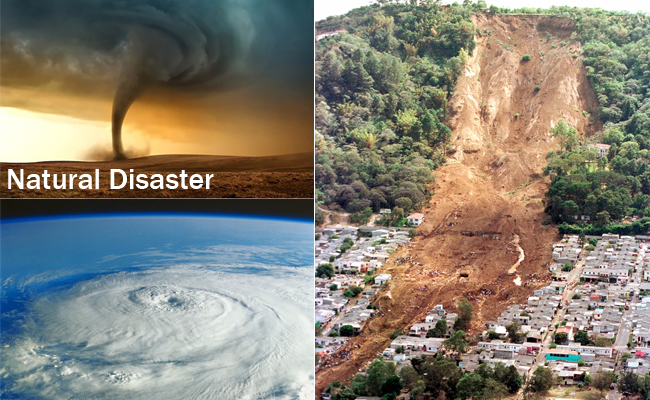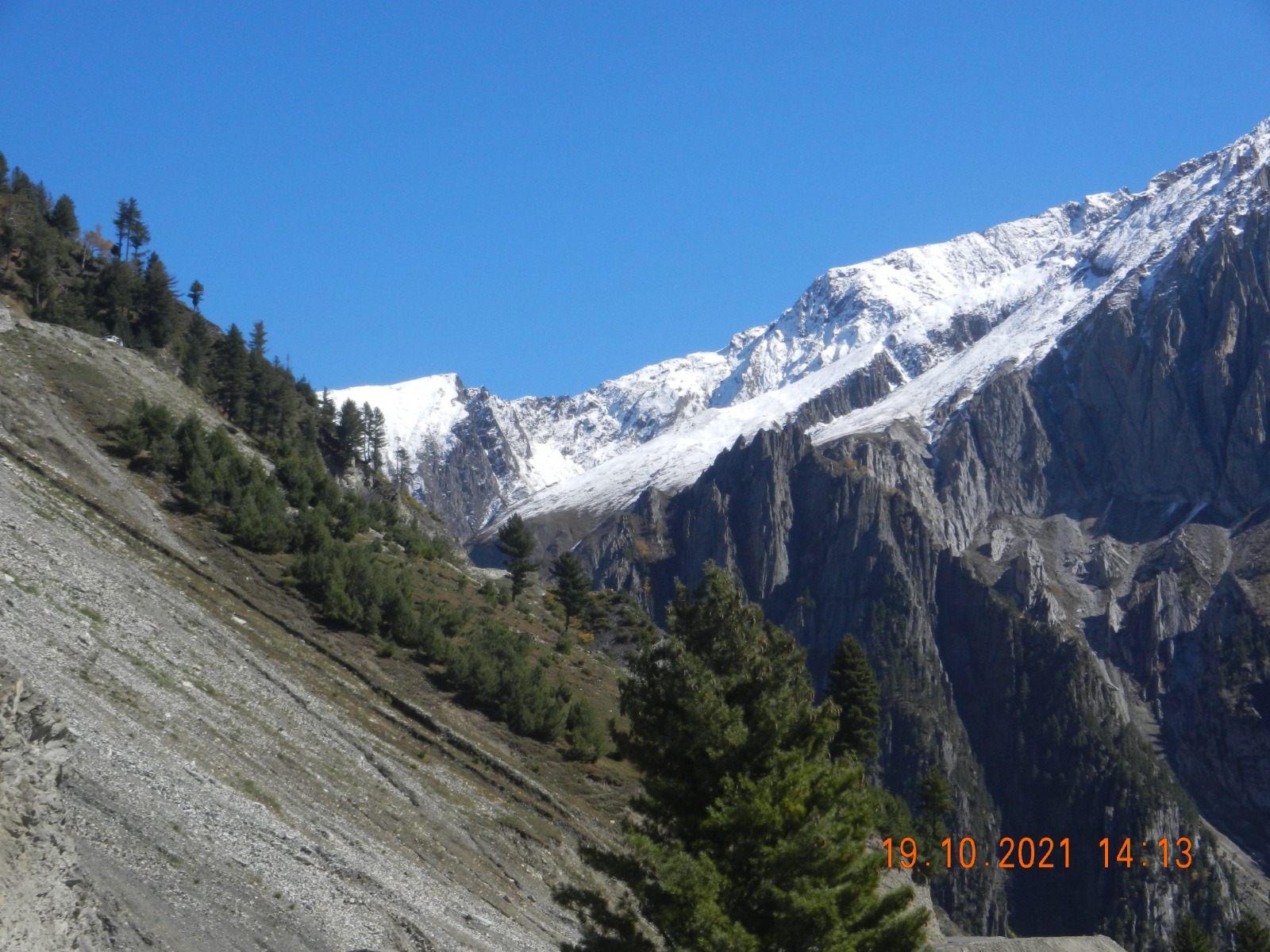Natural Disasters: Causes, Impacts, and Preparedness
Natural disasters are catastrophic events that occur as a result of natural phenomena such as earthquakes, hurricanes, floods, wildfires, volcanic eruptions, and landslides. These disasters can cause significant damage to infrastructure, property, and human lives, and are a major challenge for governments, communities, and individuals worldwide. In this article, we will explore the causes, impacts, and preparedness measures for natural disasters.
Causes of Natural Disasters:
Natural disasters are caused by a variety of factors, including geological events such as earthquakes, volcanic eruptions, and landslides. These events are usually caused by movements in the Earth’s crust and tectonic plates. Climate-related disasters, such as hurricanes, floods, and wildfires, are caused by extreme weather events such as heavy rainfall, strong winds, and high temperatures. Other natural disasters, such as pandemics and animal-borne diseases, are caused by the interaction of natural and human factors.
Impacts of Natural Disasters:
Natural disasters can cause significant damage to infrastructure, property, and human lives. In addition to physical damage, natural disasters can also lead to emotional and psychological trauma for those affected. The impacts of natural disasters are often felt most acutely by vulnerable communities, including the poor, the elderly, and children.
In addition to the immediate impacts of natural disasters, there can also be longer-term effects on the environment and the economy. For example, deforestation caused by wildfires can have lasting impacts on ecosystems and the availability of resources, while the destruction of infrastructure and housing can lead to significant economic losses.
Preparedness Measures:
Preparedness measures are critical in mitigating the impacts of natural disasters. Governments, communities, and individuals can take proactive steps to prepare for natural disasters and reduce the risks associated with them. This can involve:
- Developing emergency plans and procedures: Governments and communities can develop emergency plans and procedures to help people prepare for and respond to natural disasters. This can involve identifying vulnerable populations, establishing evacuation routes, and setting up emergency shelters.
- Investing in infrastructure: Investing in resilient infrastructure, such as flood barriers and earthquake-resistant buildings, can help reduce the impacts of natural disasters on infrastructure and property.
- Early warning systems: Early warning systems can help people prepare for natural disasters by providing advanced warning of impending events. This can include weather alerts, seismic monitoring, and disease surveillance systems.
- Education and awareness: Educating communities and individuals about natural disasters can help them understand the risks and prepare for potential disasters. This can include information on emergency procedures, disaster supplies, and evacuation routes.
- Disaster supplies: Governments and communities can stockpile disaster supplies such as food, water, and medical supplies to help people in the immediate aftermath of a disaster.
- Collaboration and partnerships: Collaboration and partnerships between governments, communities, and organizations can help improve disaster preparedness and response efforts.
Conclusion:
Natural disasters are a significant challenge for governments, communities, and individuals worldwide. The impacts of natural disasters can be catastrophic, causing significant damage to infrastructure, property, and human lives. However, by taking proactive steps to prepare for natural disasters, we can mitigate the risks and reduce the impacts of these events. Developing emergency plans, investing in resilient infrastructure, and promoting education and awareness can all help reduce the impacts of natural disasters on our communities and our world. By working together to prepare for and respond to natural disasters, we can ensure a safer and more resilient future for all.
![]()





